Craft artwork is a type of artwork that usually refers to an assembly of hand-crafted goods. This type of artwork has been around for centuries, and typically entails Home Décor objects that are not only attractive, but useful as well.
Craft as a productive activity is ESG compliant and is often seen as an effective means of creating sustainable livelihoods and nurturing small, medium and micro-enterprises. This is essentially because it has the unique potential to draw on existing cultural and human capital. It is also an accessible industry with low barriers to entry both in terms of skills and capital requirements, and because it is often home-based, allows for flexibility in terms of childcare, household and in the rural areas, agricultural production. Internationally, it is seen as an important development sector: Handicraft and cottage-industry enterprises, in particular, foster development in rural areas and where they have been export-oriented, they have been major sources of income and a spur to modernization.
The essence of craft has been discussed vaguely for quite a while. People of the 21st century interpret craft differently based on their own experiences. Designers of new disciplines see craft one way, while traditional craftspeople see it another way. Different communities with different sets of values explain and develop their craft philosophies differently. But this variety is necessary for the future generations to find new ways for their inherited crafts. In many instances, crafts are typically created from raw natural materials. In the past decade alone, with the rise of a new generation, we have seen the field expand to include DIY, craftivism, and maker culture. Some artists and art institutions avoid the word – that’s nothing new – but other voices and audiences have stepped up to embrace and claim it.

Crafting is a trend that's here to stay. It's growing by leaps and bounds, as people look for local materials to support their communities. Crafting is about more than just being creative; it's about being sustainable too.
Buy Handmade Ceramics and Linens from Earthan.
This vision of sustainable futures asks us to reflect on our current lifestyles and suggests a reconstitution of everyday life. It is a direction that also resonates with the developing concept of Re-distributed manufacturing in economics and business, or re-using merchandise is taken into consideration to be exceptionally useful to the environment. Similarly restoring objects and the use of up-cycle strategies to create new merchandise from old with a higher financial and aesthetic value has ended up becoming a famous practice incorporating the idea of sustainability. Such practice has enabled many people and small companies (micro-businesses) to set up hobby / part-time or full-time enterprises. However, while this practice keeps product from landfill, as new product still floods the market, then there is even more product in circulation and therefore the competition for sales increases.

Creativity, handmade, up-cycling: those are the terms we consider on the subject of crafting irrespective of trends, however now, sustainability and health are rapidly becoming synonymous with crafters. Craftsmanship is being broadly celebrated as humans search for something unique that tells a story. Even better if you can purchase directly from the seller, as on this virtual age, a human connection is increasingly important. Key standards of sustainability within side the cutting-edge client society consist of cradle-to-cradle, slow-fashion, locally-made, re-use, recycle and re-make (or up-cycle). Each of those concepts specializes in the layout and manufacture of merchandise which are basically made to comply to a theoretical sustainable framework, as a result allowing humans to stay in harmony with our planet.

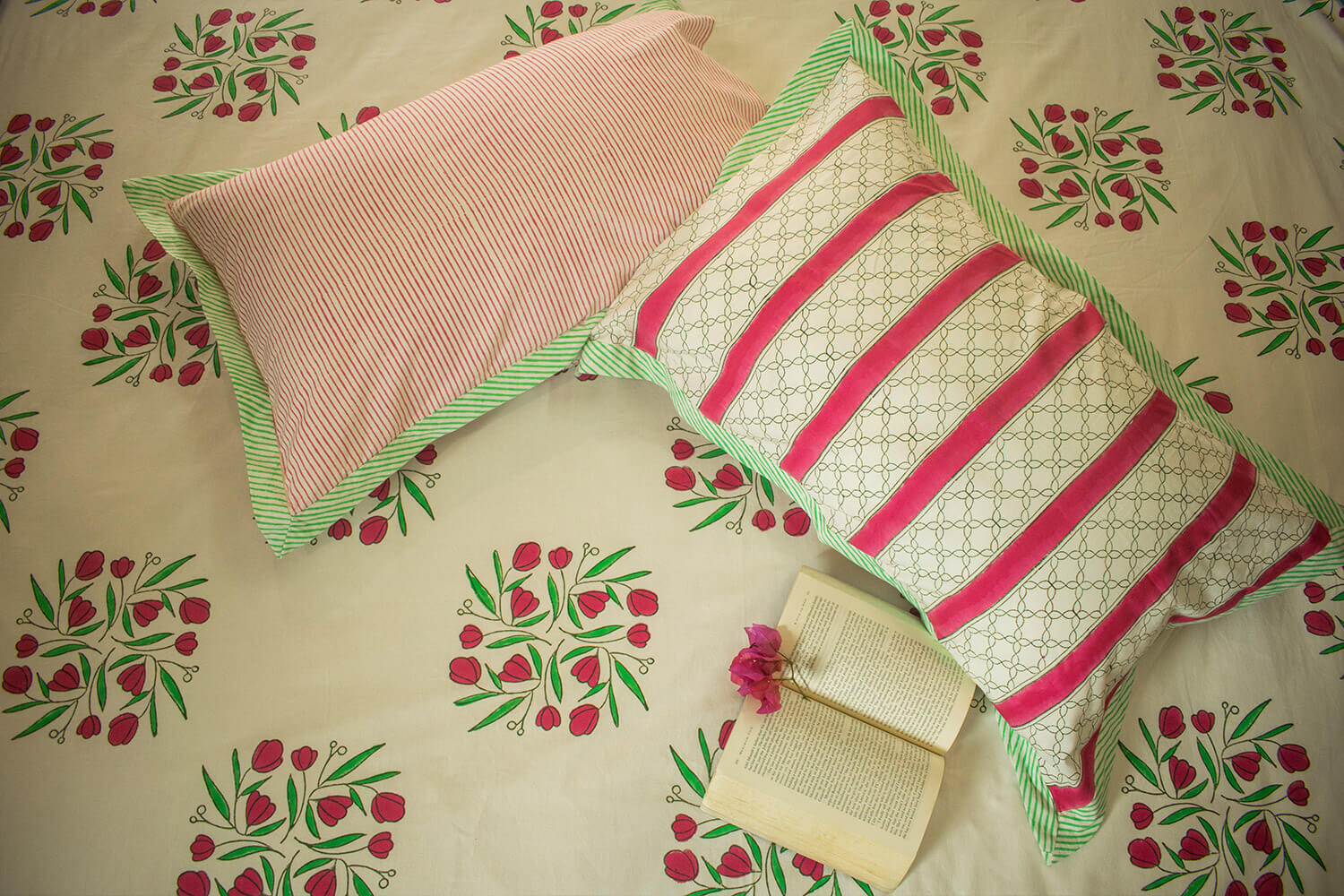

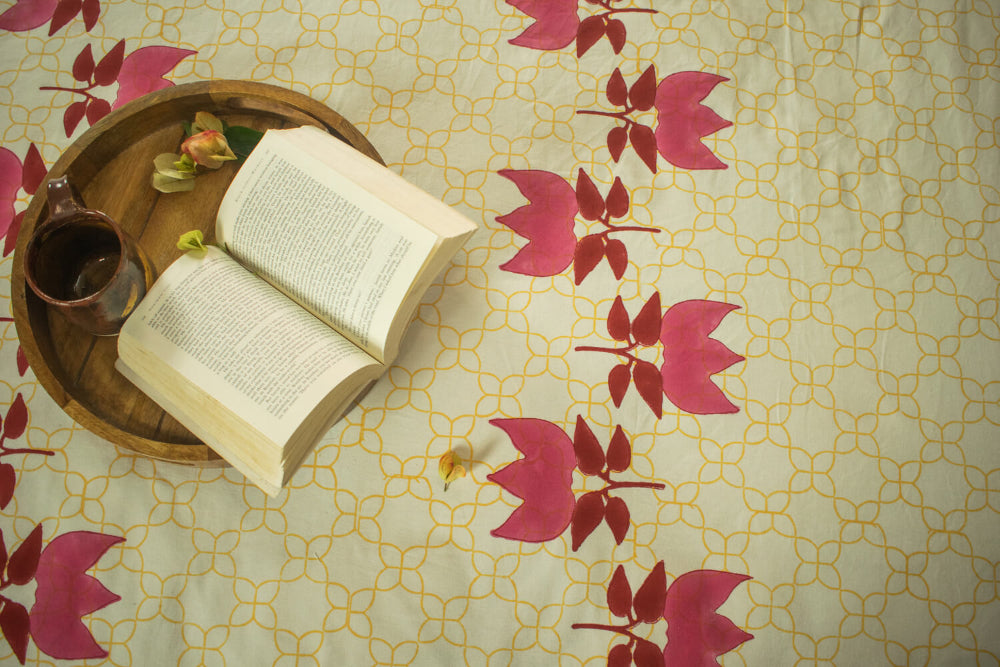
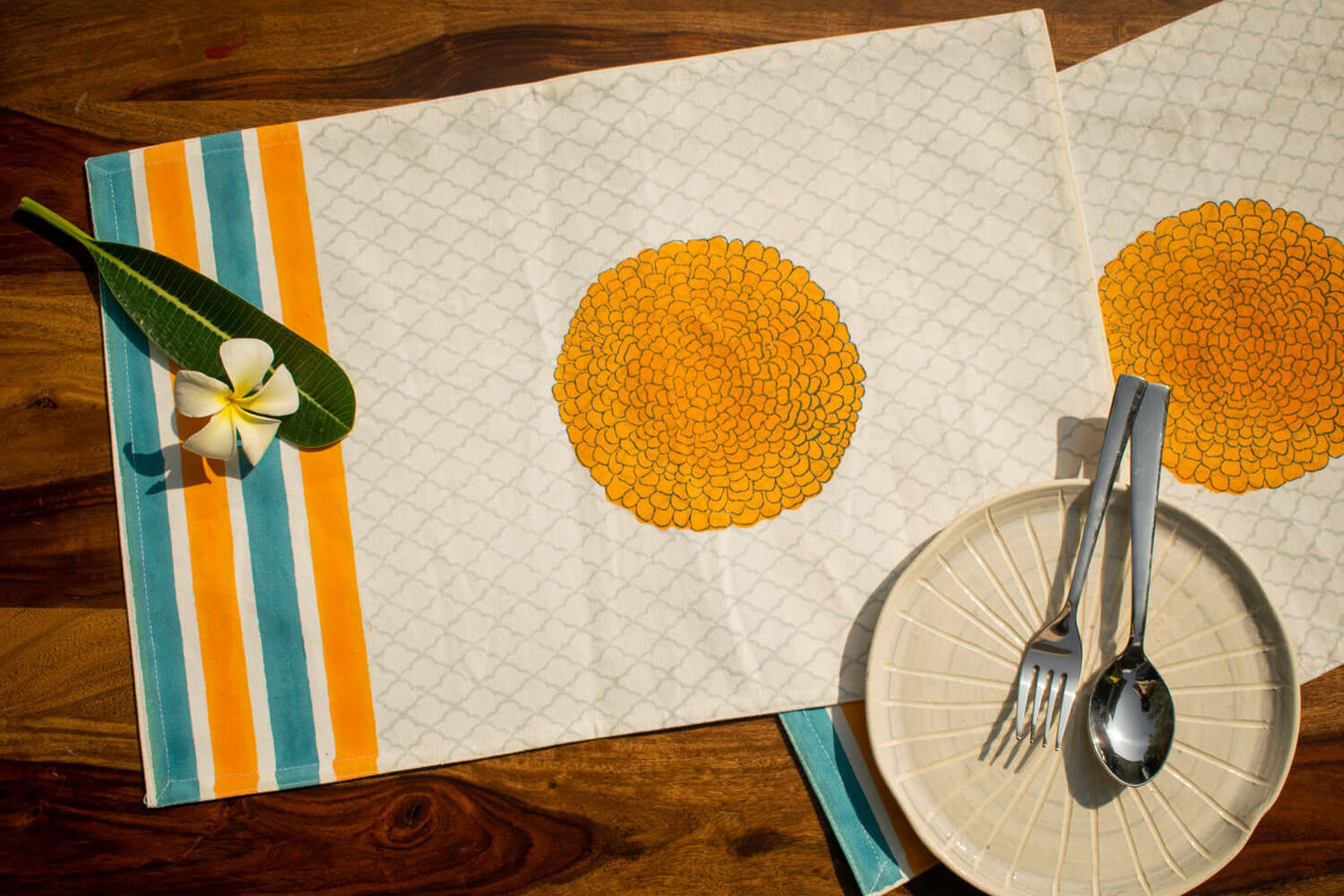
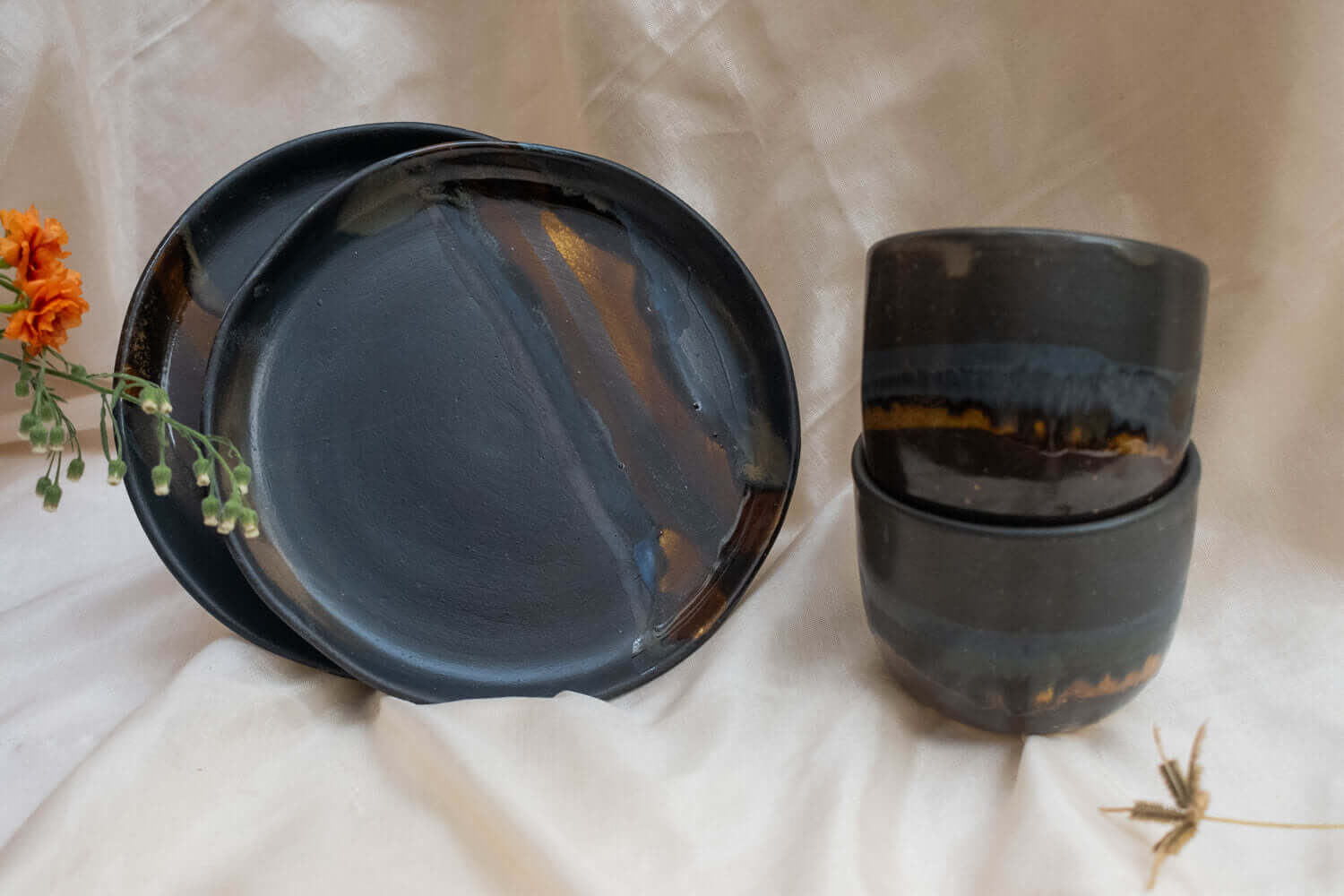
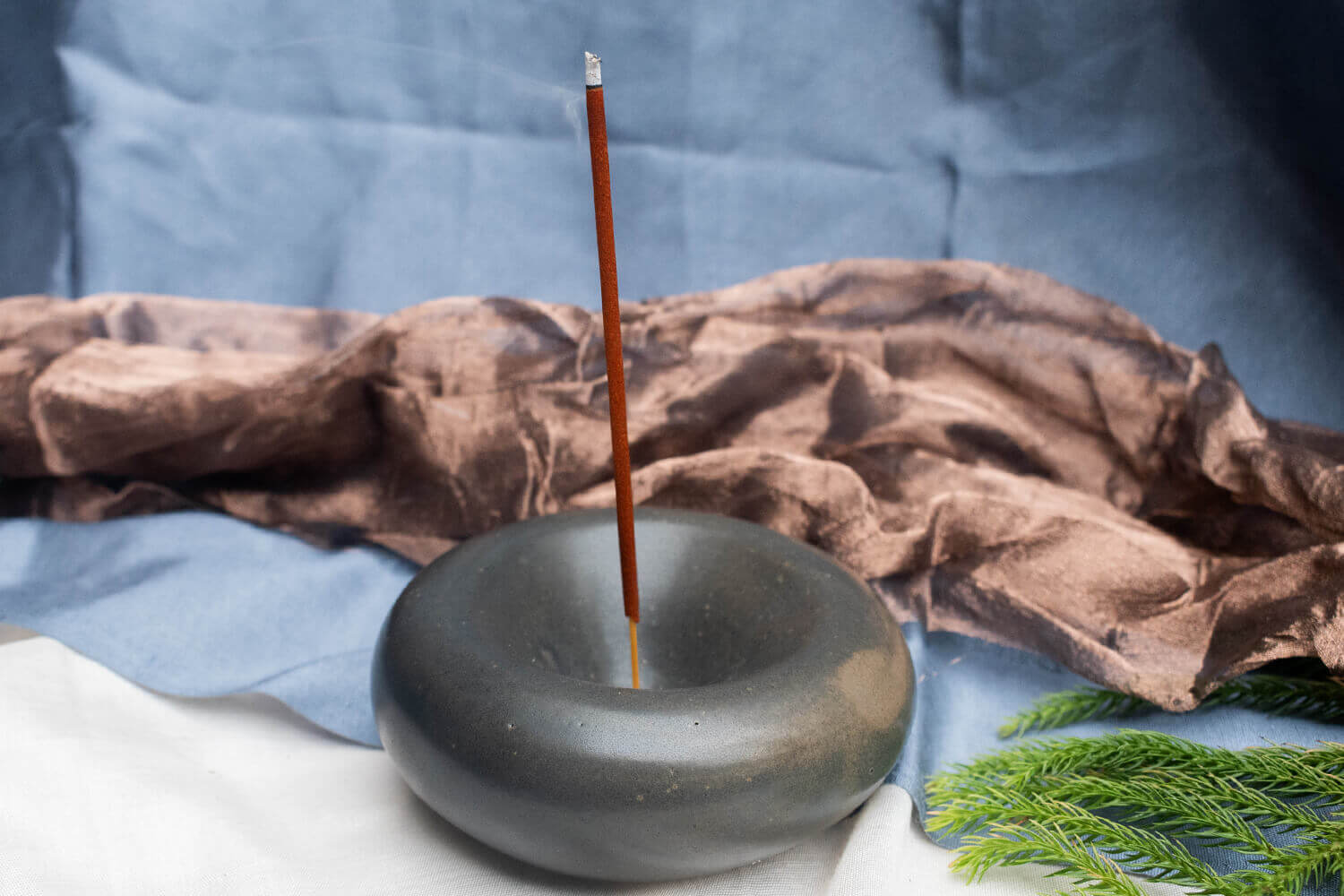
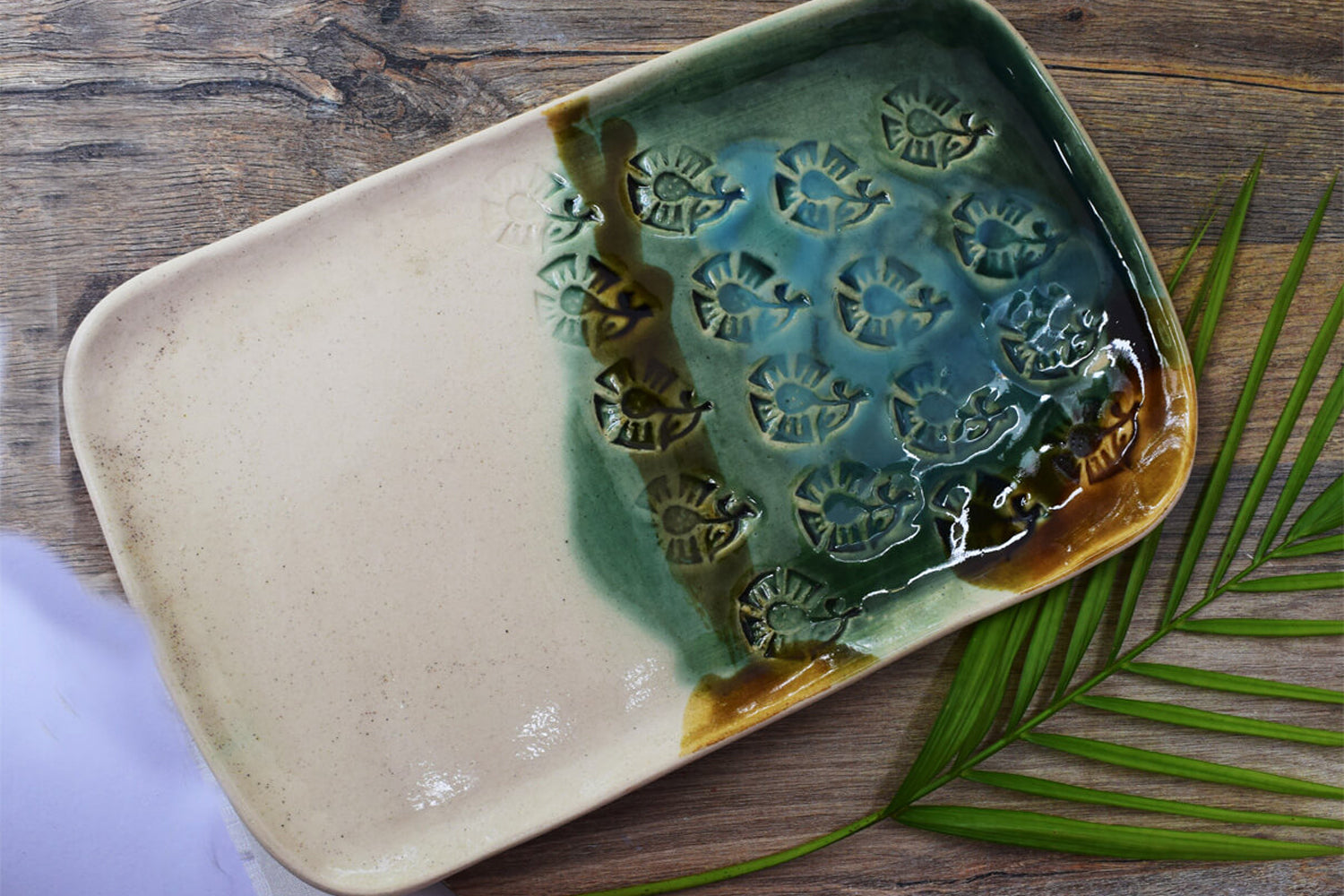

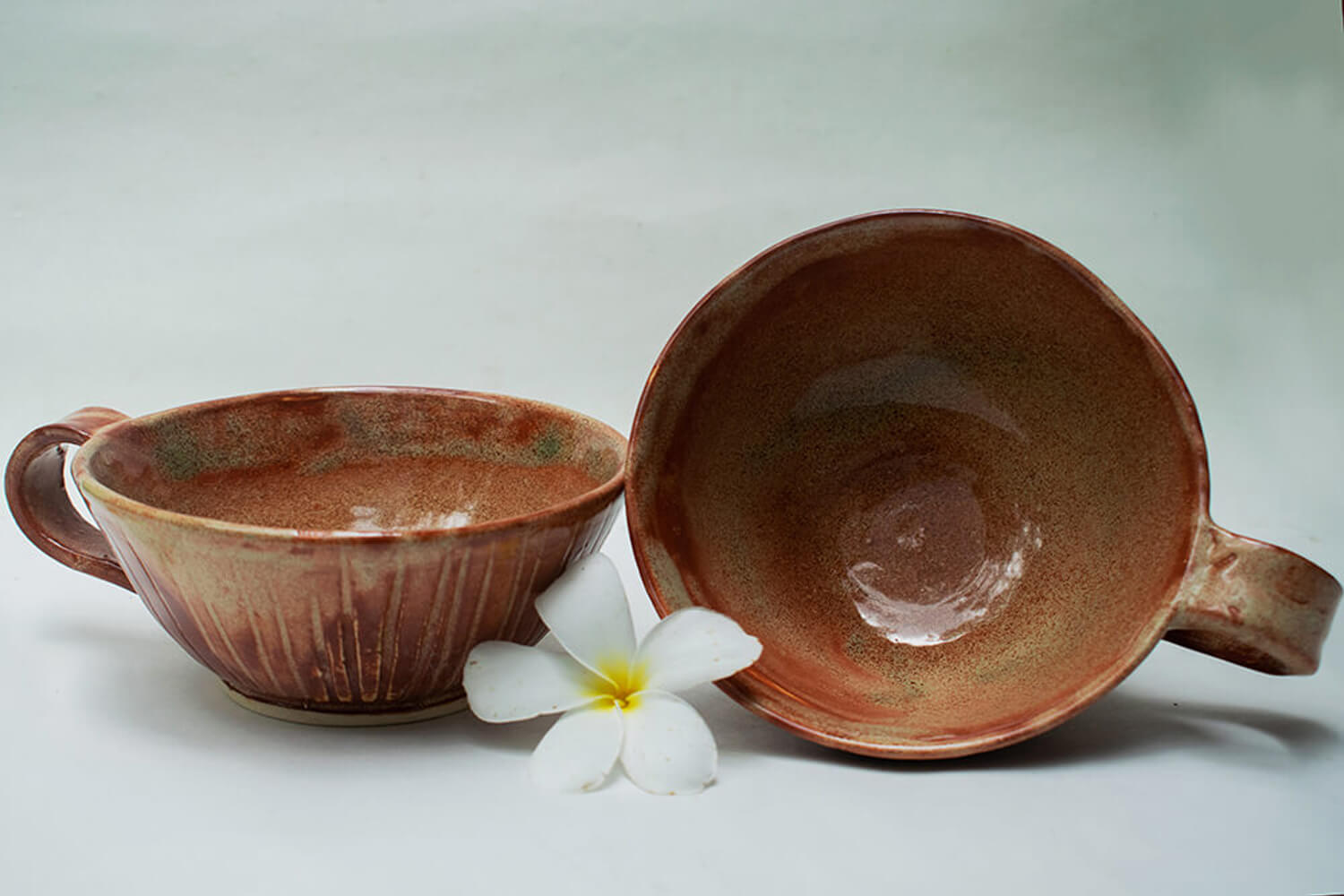
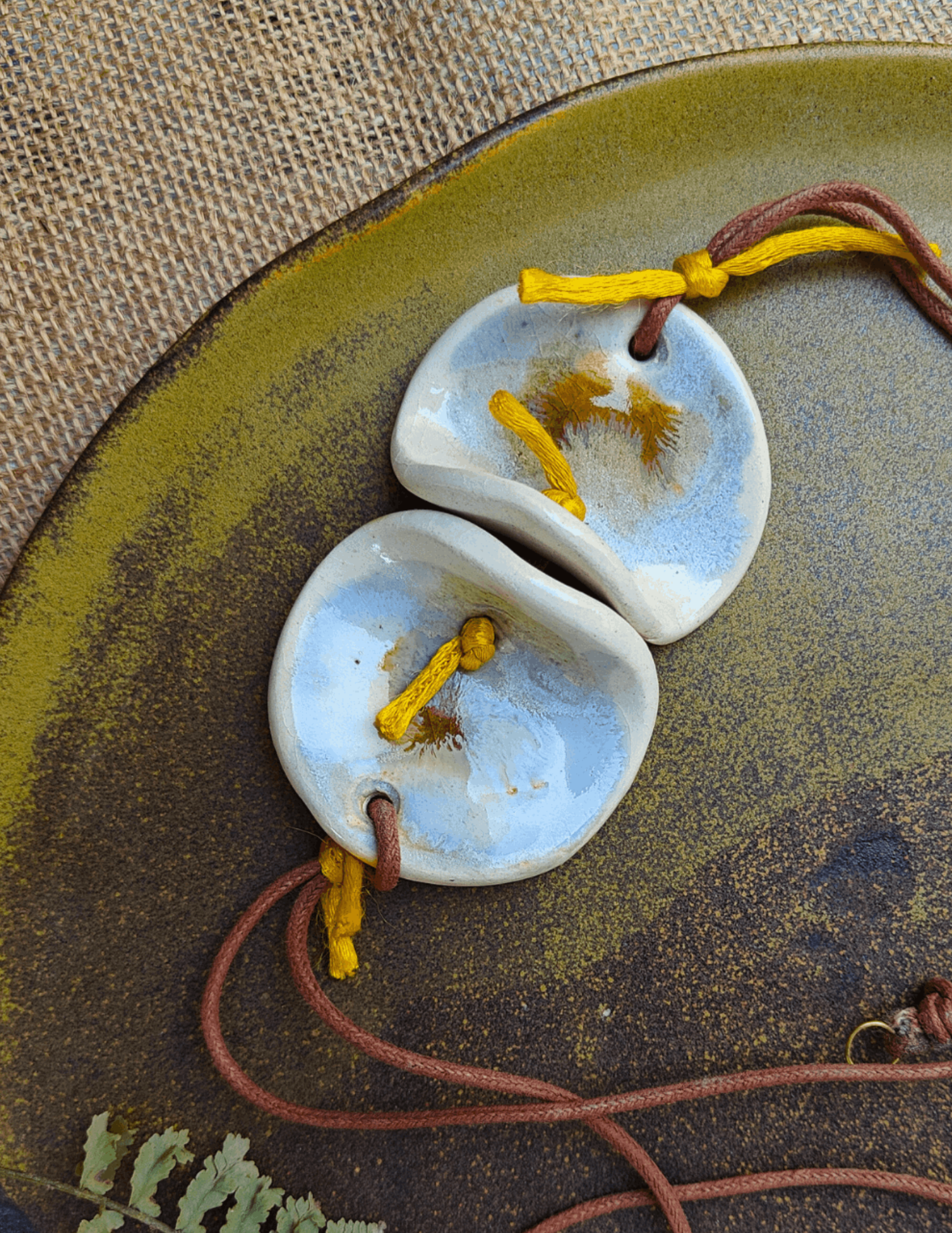
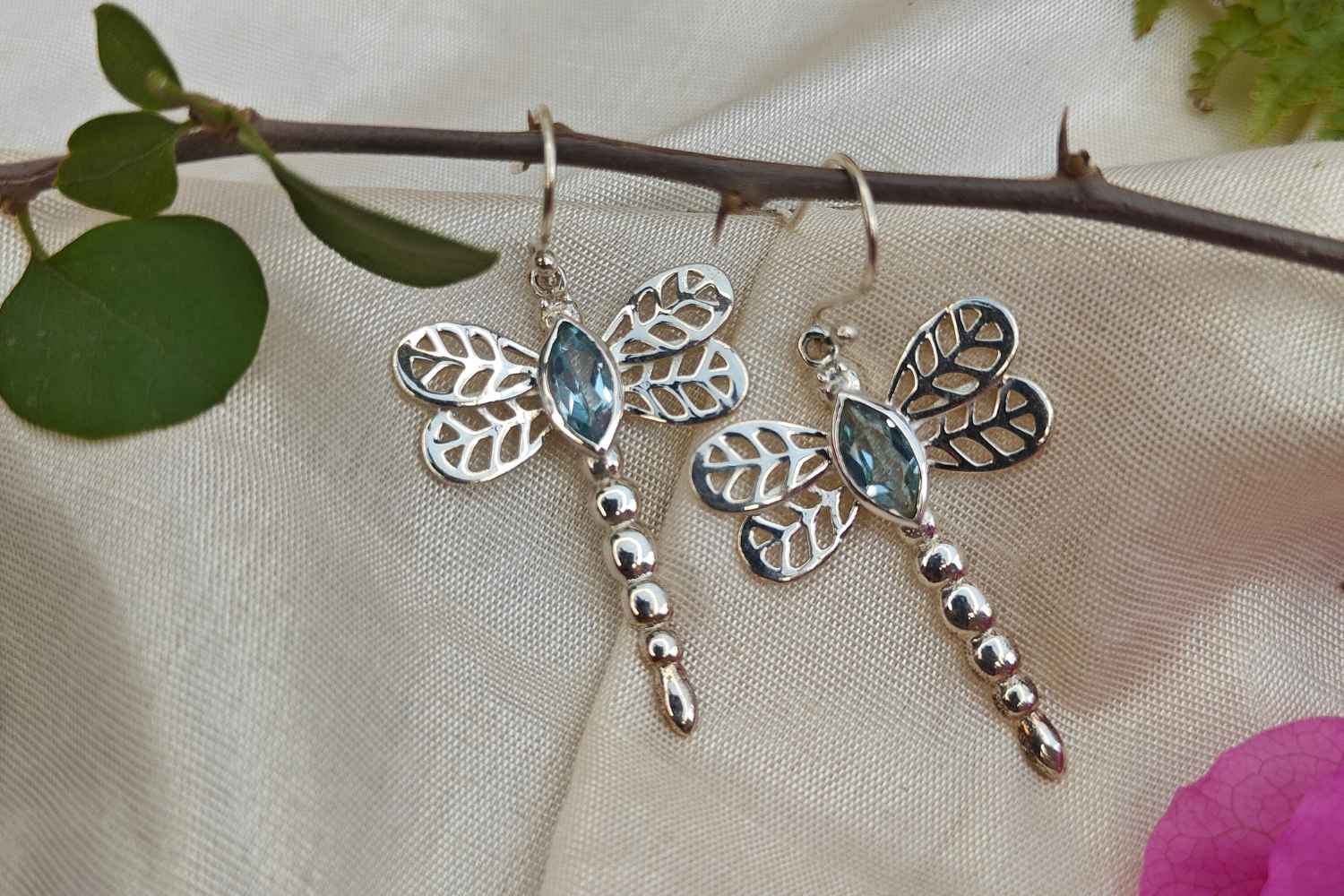
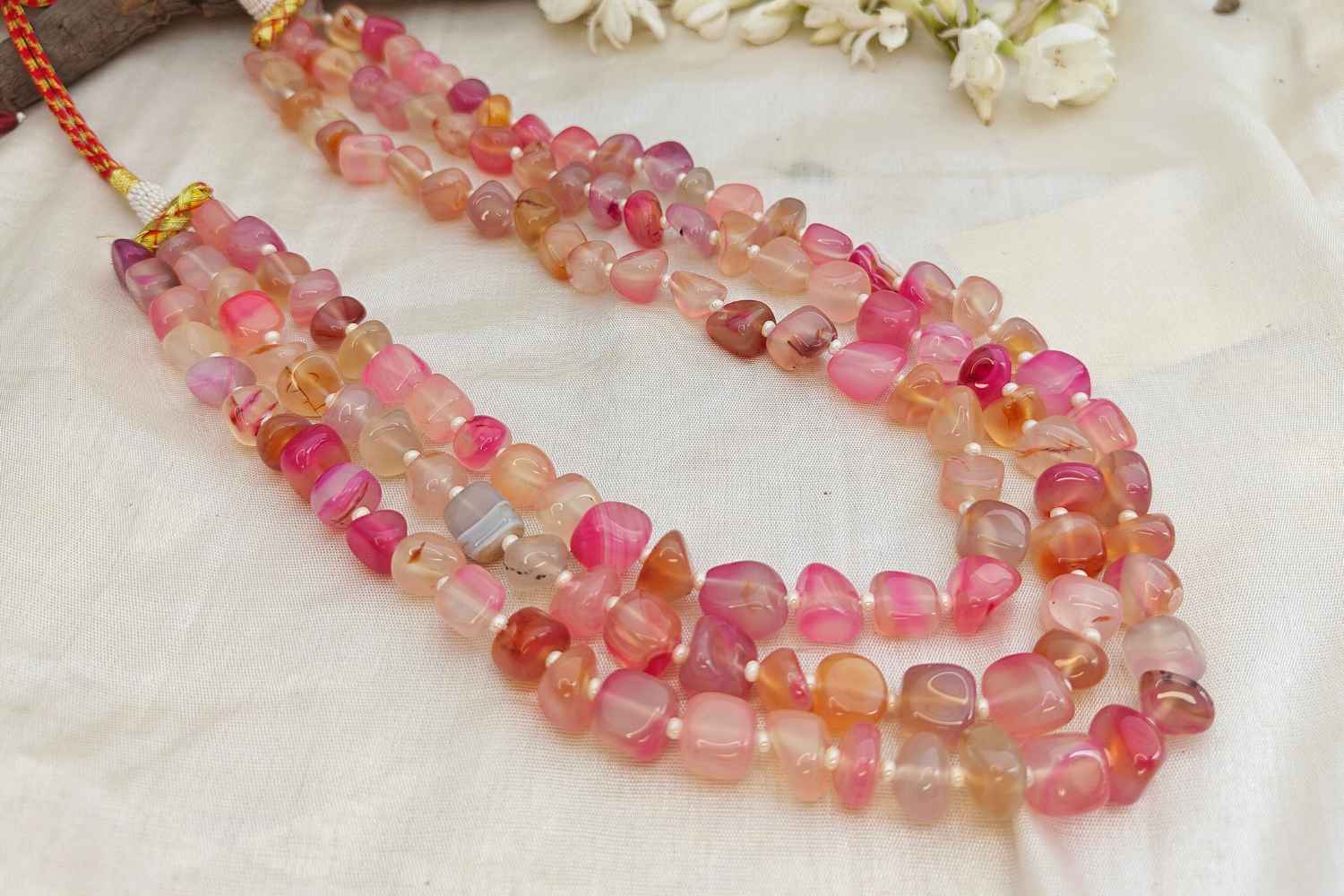
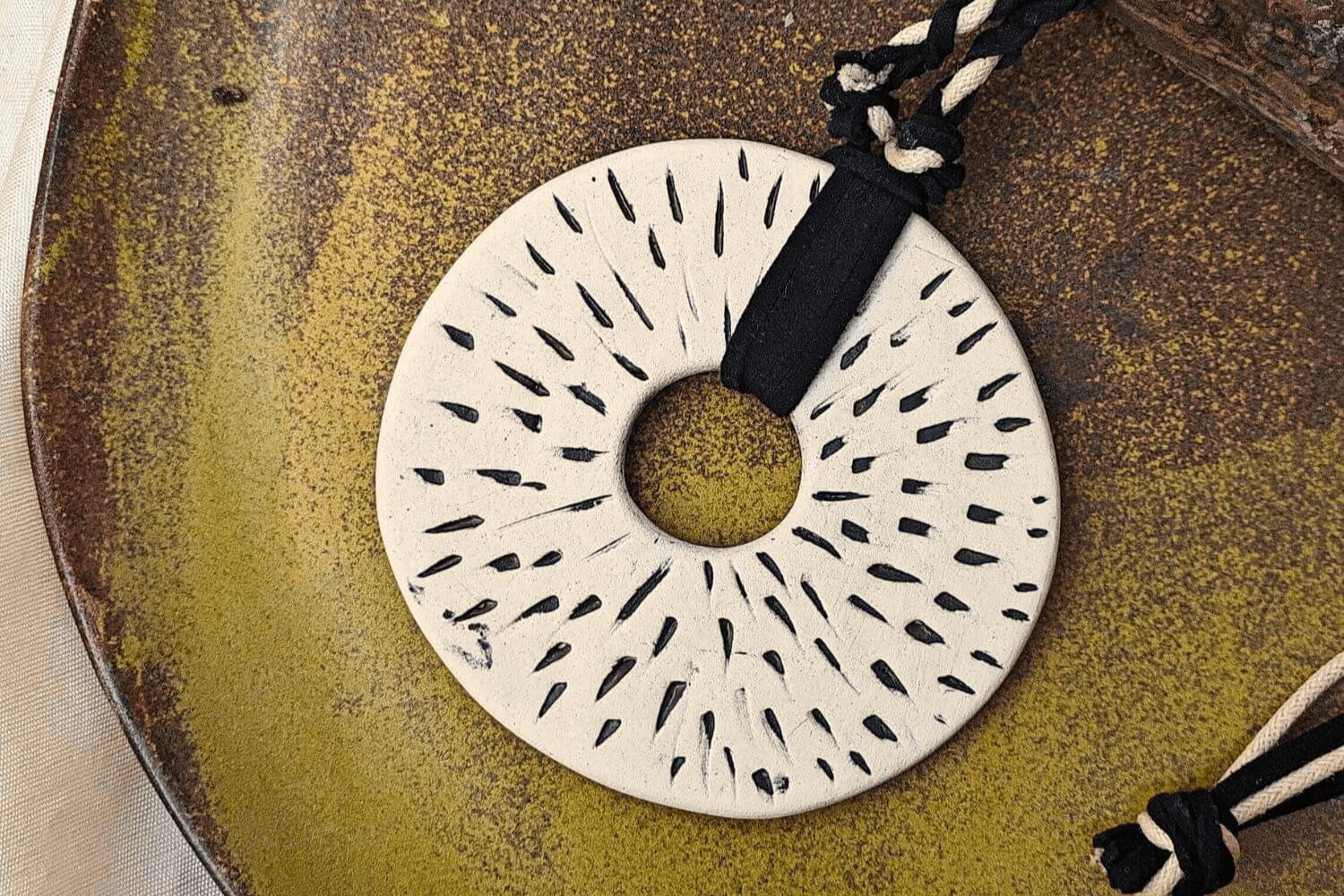


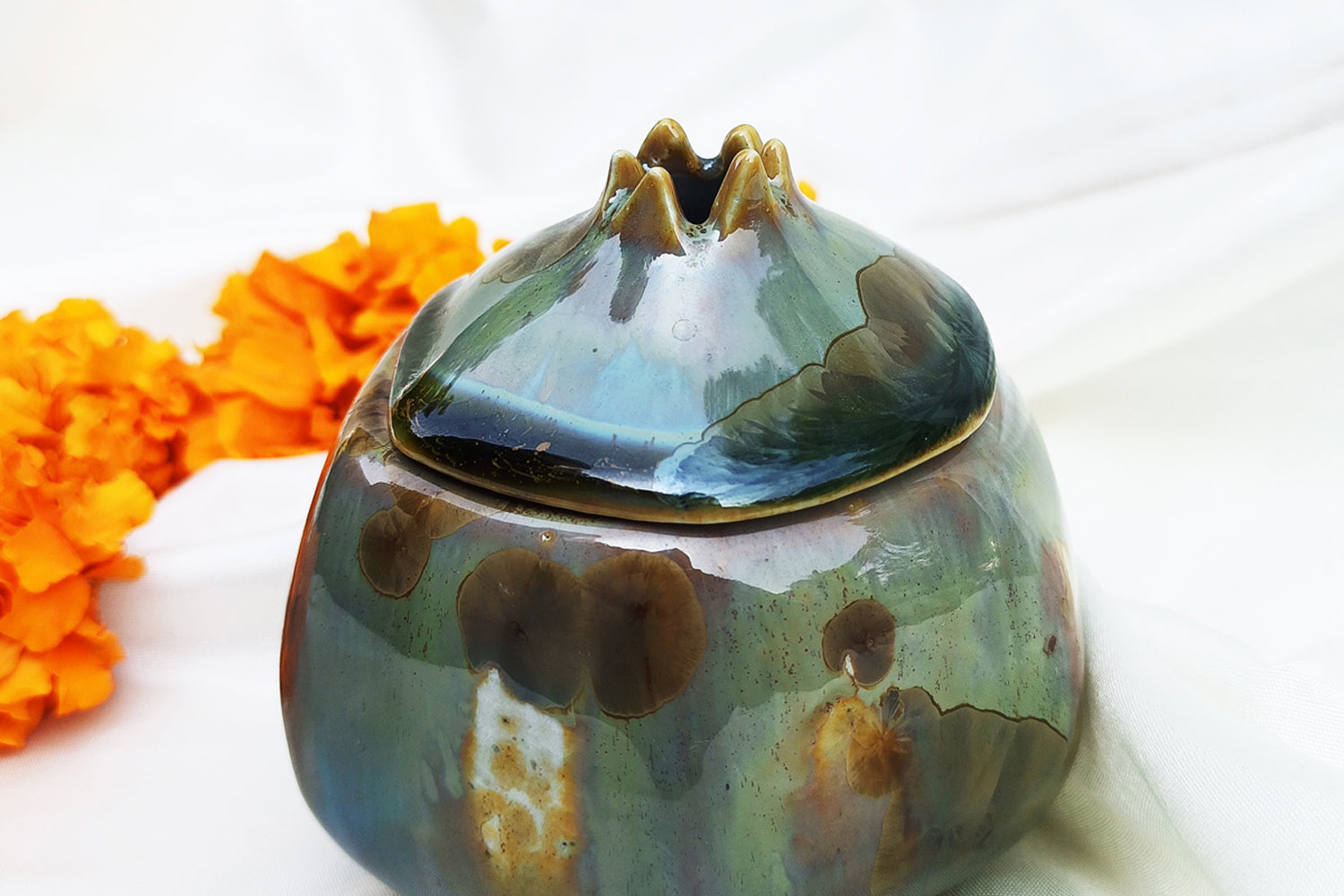
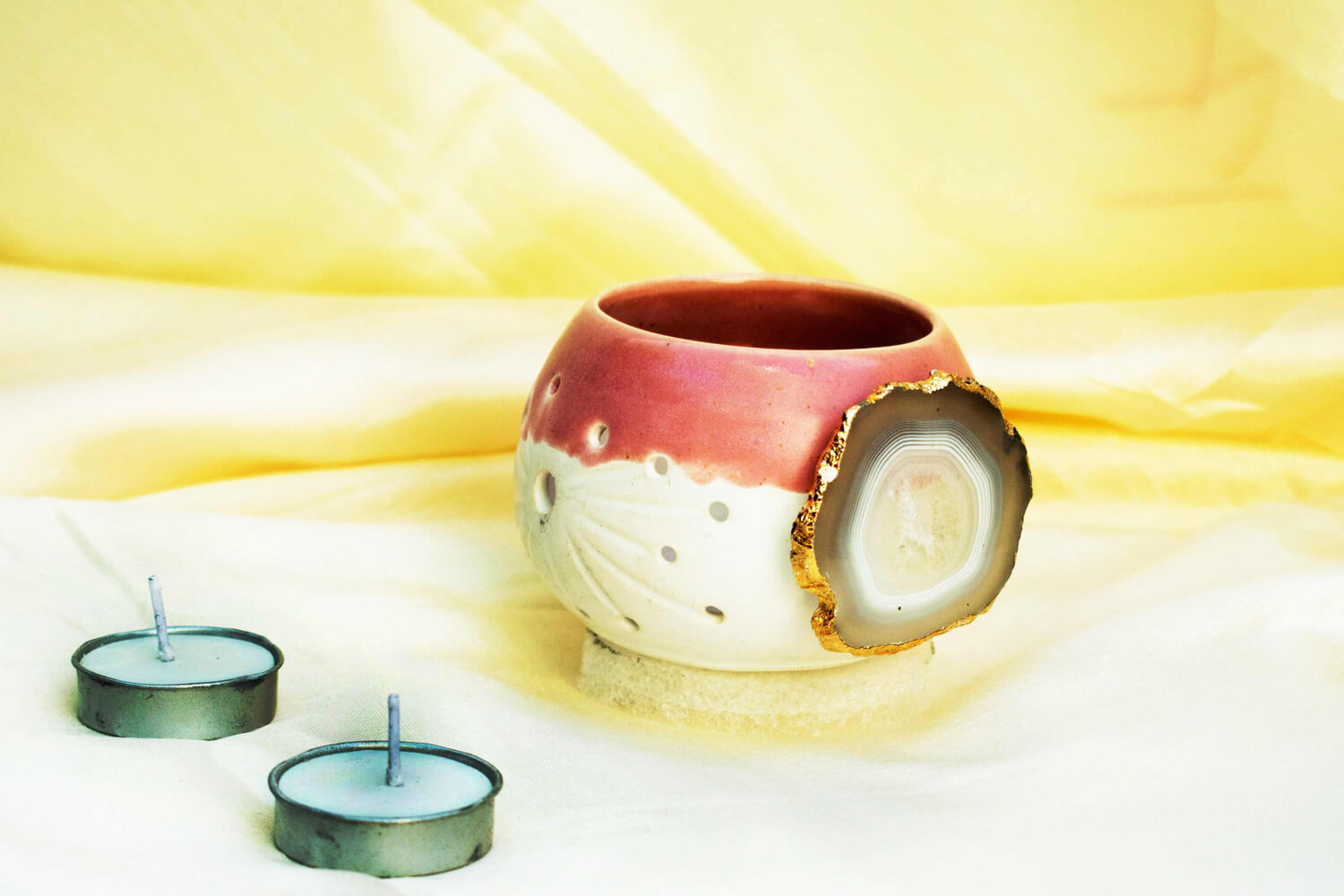

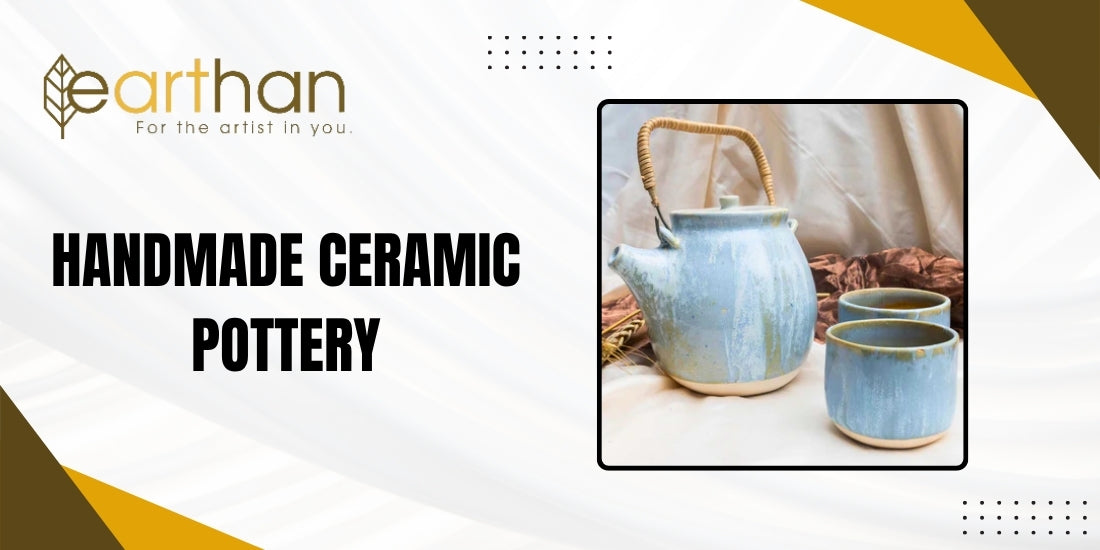
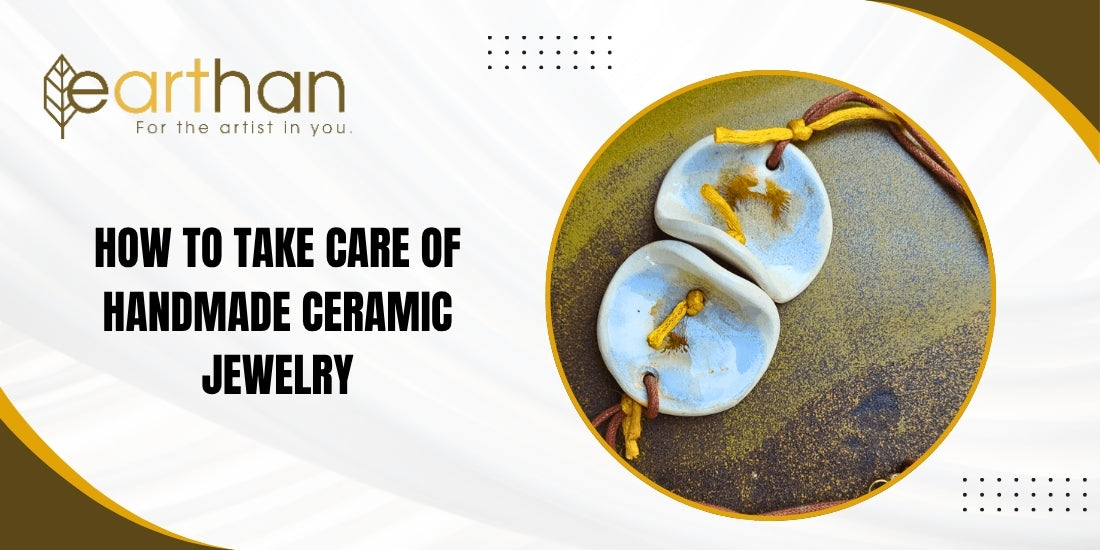

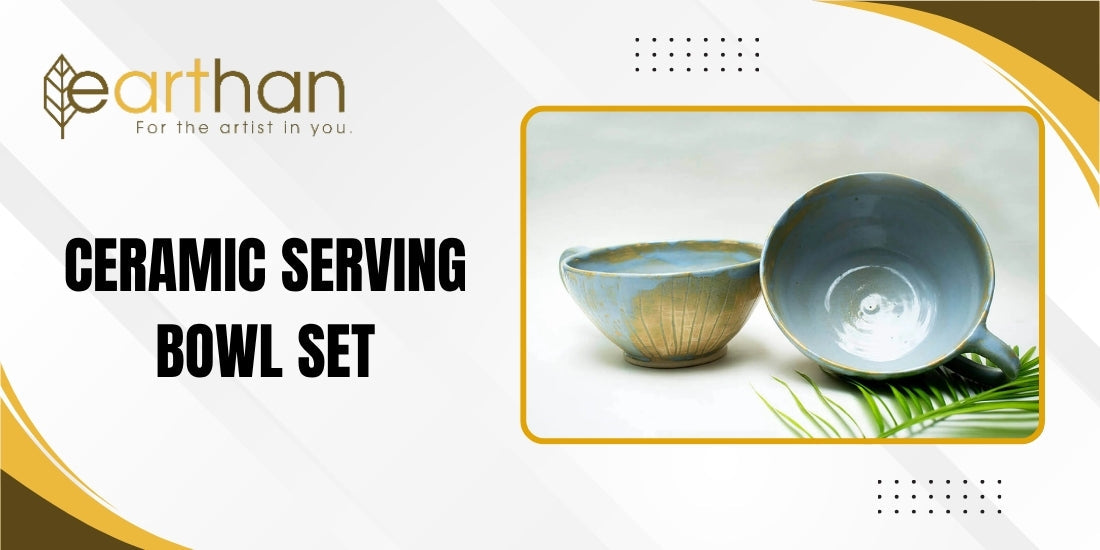




1 comment
Thank you for this blog. this is a very informative and useful blog about craft items.